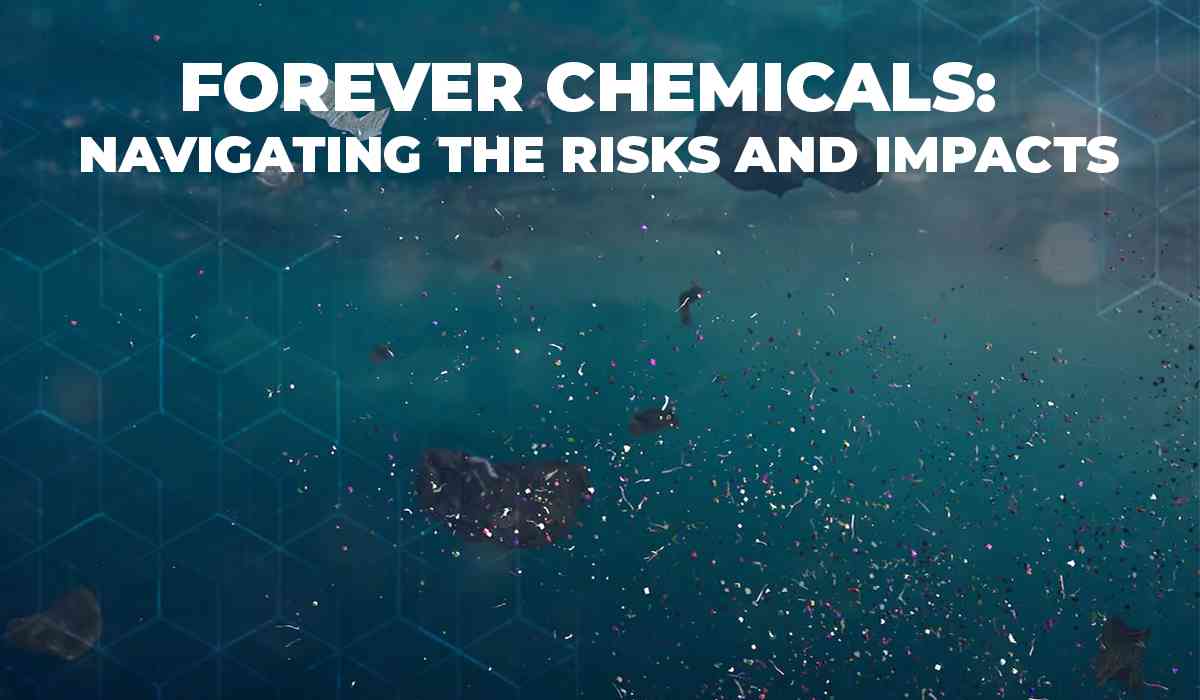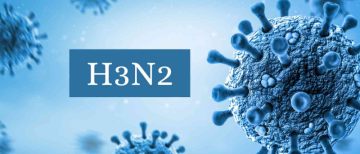Did you know that the lipstick you adore wearing, your go-to perfume, your water-resistant work bag, or even the carefully chosen clothes you wear might contain dangerous chemicals that linger in the environment for years? These substances, also referred to as PFAS (per- and polyfluoroalkyl substances), are becoming more and more problematic because of their potential health hazards and widespread presence. This article explores the world of persistent chemicals, highlighting potential remedies and examining their effects on the environment and human health.
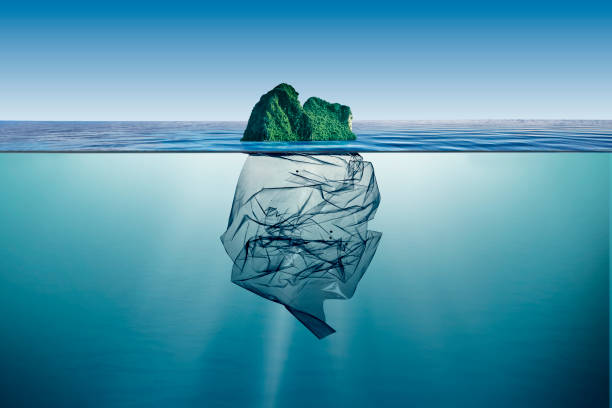
Defining Forever Chemicals
PFAS are man-made substances that are well-known for having strong carbon-fluorine bonds. Because of their remarkable molecular stability, which makes them essentially unbreakable in the environment, they are known as "forever chemicals." This feature makes it possible for them to gradually build up in our bodies and the environment, which raises questions about their long-term effects.
Tracing the Origins of Forever Chemicals
Unexpectedly, PFAS are present in many commonplace products. PFAS are ubiquitous in modern life, appearing in everything from stain-resistant carpets and furniture to non-stick cookware and water-repellent apparel (jackets and raincoats). Regretfully, industrial emissions, wastewater treatment plants, and the slow degradation of products containing per- and polyfluoroalkyl substances (PFAS), such as microwave popcorn bags and pizza boxes and even the box that the tissues come in, are the ways in which they infiltrate the environment. PFAS are increasingly present in our air, water, and soil as a result of their widespread use and tenacity.
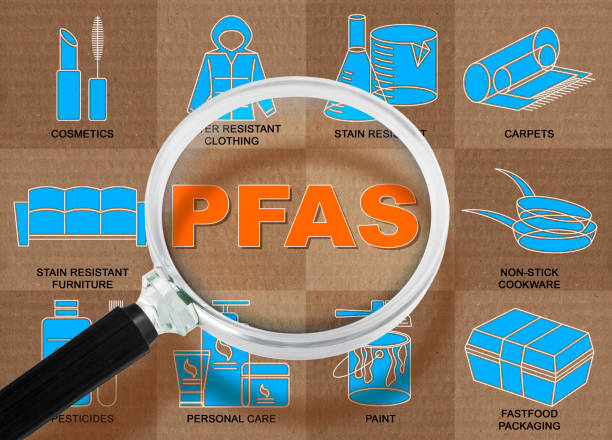
The Impact of Forever Chemicals
Human Health Ramifications:
Exposure to PFAS has been linked to a concerning range of health issues. Studies suggest potential connections to chronic illnesses like liver problems, thyroid disorders, and certain cancers. A 2020 study by the Centres for Disease Control and Prevention (CDC) found that exposure to PFAS can increase the risk of certain cancers, including testicular cancer, kidney cancer, and thyroid cancer.
The presence of PFAS has been documented globally, with studies detecting these chemicals in various environmental samples, including breast milk. A 2019 report by the IPEN organization (India PFAS Country Situation Report, found concerning levels of PFAS in water and fish samples collected from several Indian cities, highlighting the need for stricter regulations and ongoing monitoring efforts in India. This widespread contamination raises concerns about potential exposure pathways for infants through breastfeeding. Additionally, PFAS exposure during critical developmental stages can harm children's growth and immune systems. The cumulative nature of PFAS within the body further amplifies the threat, as ongoing exposure increases the risk of health complications.
The Environmental Toll:
PFAS contamination has been detected across the globe in various ecosystems, disrupting natural processes and posing a threat to wildlife. These chemicals can accumulate in fish and other aquatic organisms, potentially impacting entire food chains. The presence of PFAS can also alter water quality and harm delicate ecosystems, leading to potential species decline. The U.S. state with the highest number of PFAS detections in surface water samples, according to a 2022 statistic by Statista, was Maryland.
The Durability Dilemma:
The extraordinary resilience of PFAS compounds is particularly alarming. Resistant to natural degradation, they can persist for extended periods, perpetuating exposure risks for both humans and the environment. This durability makes it challenging to clean up contaminated areas and necessitates the development of alternative solutions.
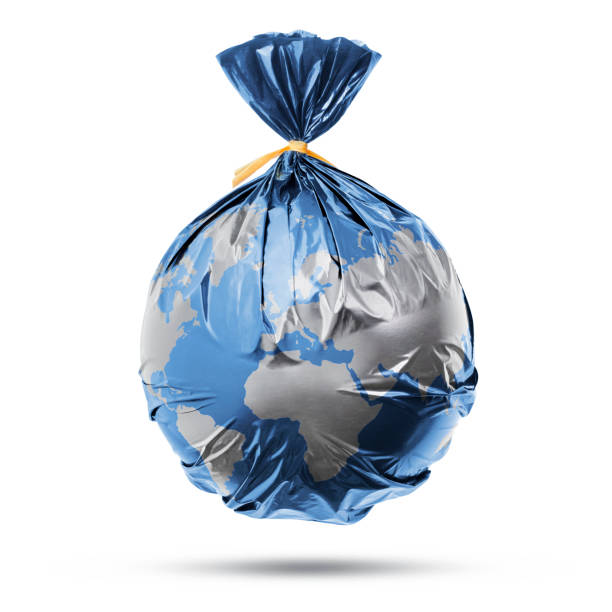
Addressing the PFAS Challenge
The Regulatory Landscape:
Global efforts are underway to regulate PFAS; however, standards remain inconsistent. The Environmental Protection Agency (EPA) has listed PFOA and PFOS, two specific types of PFAS, as emerging contaminants due to their potential health risks. Yet, a unified criterion for acceptable PFAS levels in environmental and consumer contexts is lacking, highlighting the need for international collaboration and stricter regulations.
The fight against PFAS contamination is further complicated by the uneven adoption of international regulations. While India became a signatory to the Stockholm Convention in 2006, a global treaty aiming to restrict or eliminate persistent organic pollutants, the country has not yet adopted the 2009 amendment listing PFOS (a specific type of PFAS) for restriction. This highlights a critical hurdle: even with international agreements in place, effective implementation remains crucial to curb PFAS use and environmental impact.
Regulatory Hurdles:
The pervasive nature of PFAS, coupled with their chemical complexity, presents significant regulatory obstacles. Identifying and rectifying sources of PFAS contamination is not only technically demanding but also economically burdensome. Effective regulations require ongoing research and the development of cost-efficient cleanup technologies.
Management Tactics:
A comprehensive strategy is essential for PFAS management. This includes:
Advanced surveillance: Regularly monitoring PFAS levels in the environment and human populations is crucial for tracking contamination and assessing exposure risks. A 2019 study published in the journal Environmental Science & Technology Letters found PFAS in the blood of 99% of Americans tested.
Safer alternatives: Research and development of safer alternatives for products that currently rely on PFAS are critical. These substitutes should offer similar functionality without the associated health and environmental risks.
Decontamination of affected locales: Developing cost-effective methods to decontaminate areas with existing PFAS contamination is necessary to mitigate the long-term impact on surrounding ecosystems.
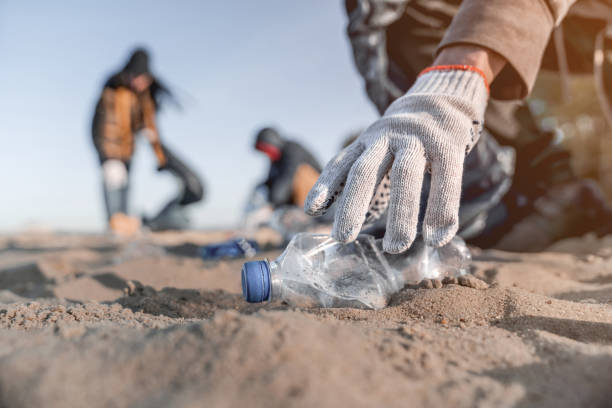
Looking Ahead
Advancements in Research:
Continued research is vital to fully understand the long-term implications of PFAS exposure and develop effective countermeasures. This includes exploring the potential health effects and identifying populations most vulnerable to contamination. Additionally, research plays a crucial role in finding safer alternatives to PFAS in various industrial applications.
Innovations and Alternatives:
The quest for PFAS substitutes is gaining momentum, targeting applications like non-stick surfaces and fire-resistant foams. Some promising alternatives utilise different chemical structures that offer similar functionality without the detrimental environmental impact of PFAS.

The power of advocacy
Public awareness and advocacy are instrumental in confronting PFAS pollution. Educating the public and policymakers about the hazards of PFAS is essential for catalysing legislative reform and fostering sustainable consumer habits. Here's how you can get involved:
Stay Informed: Familiarise yourself with the latest developments in PFAS research and regulations. Reputable sources include the Environmental Protection Agency (EPA), the Centres for Disease Control and Prevention (CDC), environmental advocacy groups, and, for India-specific information, the Central Pollution Control Board (CPCB).
Spread Awareness: Share information about PFAS with friends, family, and colleagues. Encourage them to learn more about the issue and advocate for change.
Support sustainable brands:
Look for companies that are committed to using PFAS-free alternatives in their products. When possible, choose products with clear labels indicating they are PFAS-free. Here are some examples of global and Indian brands that are phasing out PFAS or offering PFAS-free alternatives:
- Several clothing brands, such as H&M, Levi Strauss & Co., and UNIQLO, have banned the use of PFAS in their apparel and accessories.
- Outdoor gear companies like Patagonia, Marmot, and The North Face are actively working to eliminate PFAS from their products.
- Cosmetics brands like Sephora and Beautycounter have prohibited the use of PFAS compounds in their beauty products.
- Home goods retailers like IKEA and Home Depot have phased out PFAS from their textile and carpet products.
Contact Policymakers: Voice your concerns to your local, state, and federal representatives. Urge them to support stricter regulations on PFAS production, use, and disposal.
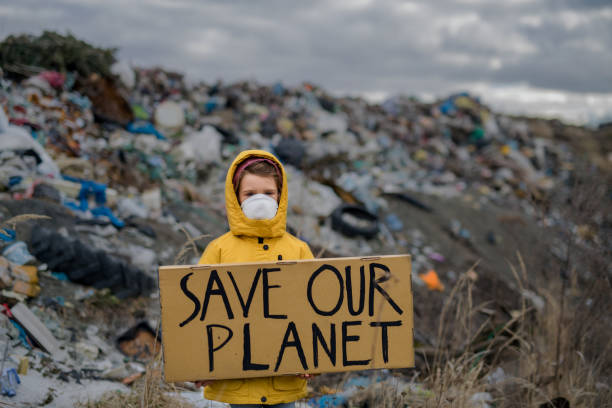
Individual Action Steps:
While large-scale solutions are crucial, individual actions can also contribute to reducing PFAS exposure.
- Filter Your Drinking Water: Consider using a water filter certified to remove PFAS from your drinking water. With this habit, you may also minimise your purchase of plastic bottles or drinks every time you go out.
- Minimise Potential Sources: Be mindful of products that may contain PFAS. Look for alternatives to non-stick cookware, stain-resistant carpets, and water-repellent clothing. Look for labels or ask the store upfront. Sometimes the packaging can be misleading.
- Avoid Processed Food Packaging: Whenever possible, opt for fresh produce and limit consumption of processed foods with PFAS-coated packaging, like microwave popcorn bags and pizza boxes.
- Something as simple as recycling the old shopping bags for the next trip is something that can be made a regular practice.
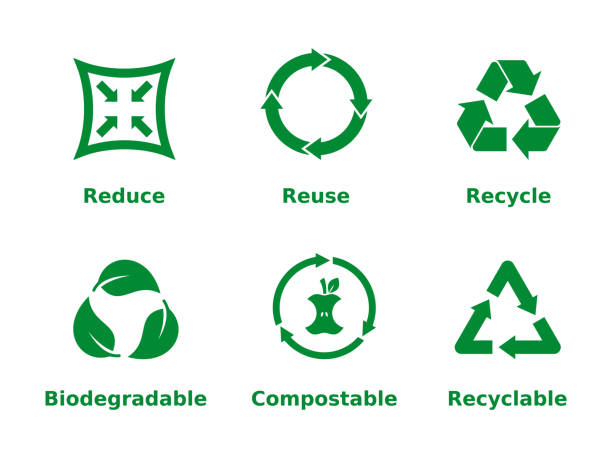
Conclusion
The fight against PFAS contamination demands a collective effort. By working together, researchers, policymakers, industry leaders, and the public can develop effective solutions to address existing contamination, implement stricter regulations, and find safer alternatives for a healthier future. Let's take action today to safeguard ourselves, our environment, and future generations from the lasting impact of chemicals.
Remember, even small changes in our daily habits can have a significant positive impact. By staying informed, advocating for change, and making conscious choices, we can help create a future free from the dangers of chemicals.
Media sources: multiple agencies, IStock, pixabay, Freepik
ⒸCopyright 2024. All Rights Reserved Powered by Vygr Media.

